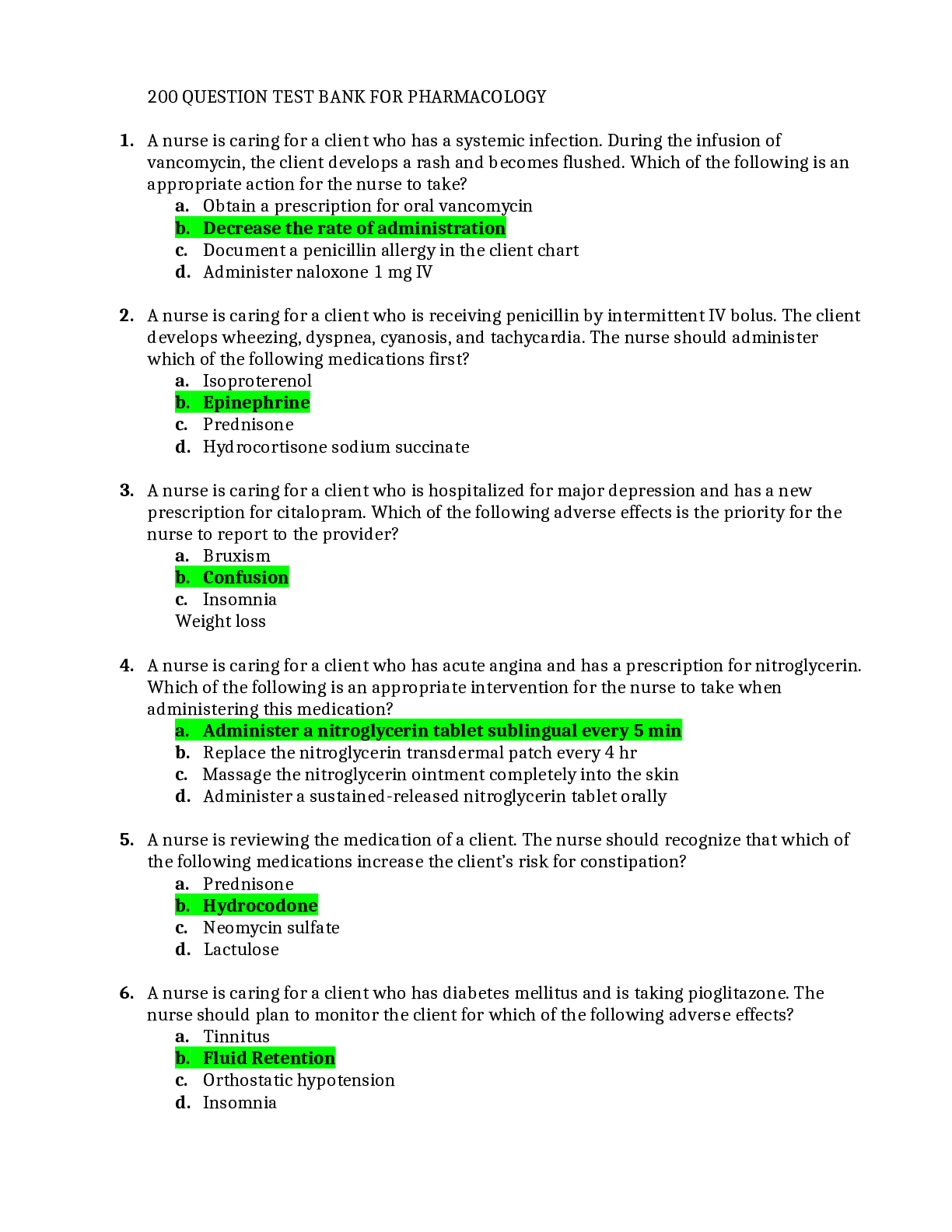ATI Fundamentals proctored Exam with (200 Questions and Answers)
Course
Project Management
Subject
Chemistry
Category
ATI Proctored
Pages
31
Uploaded By
ATIPROS
Preview 5 out of 31 Pages


Download all 31 pages for $ 11.05
Reviews (0)
$11.05
